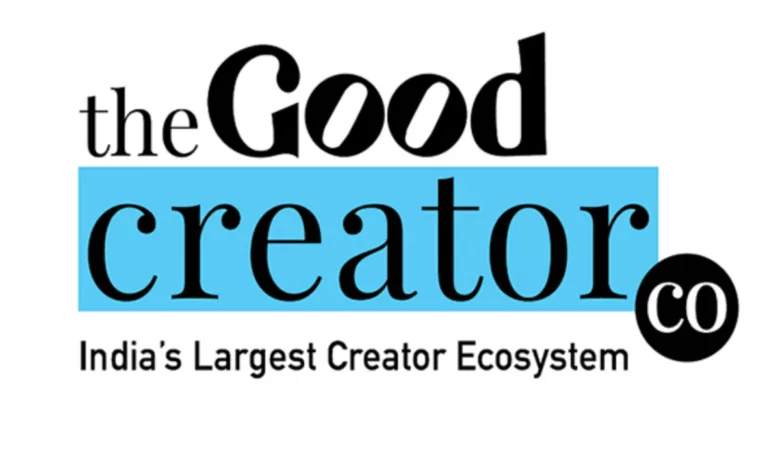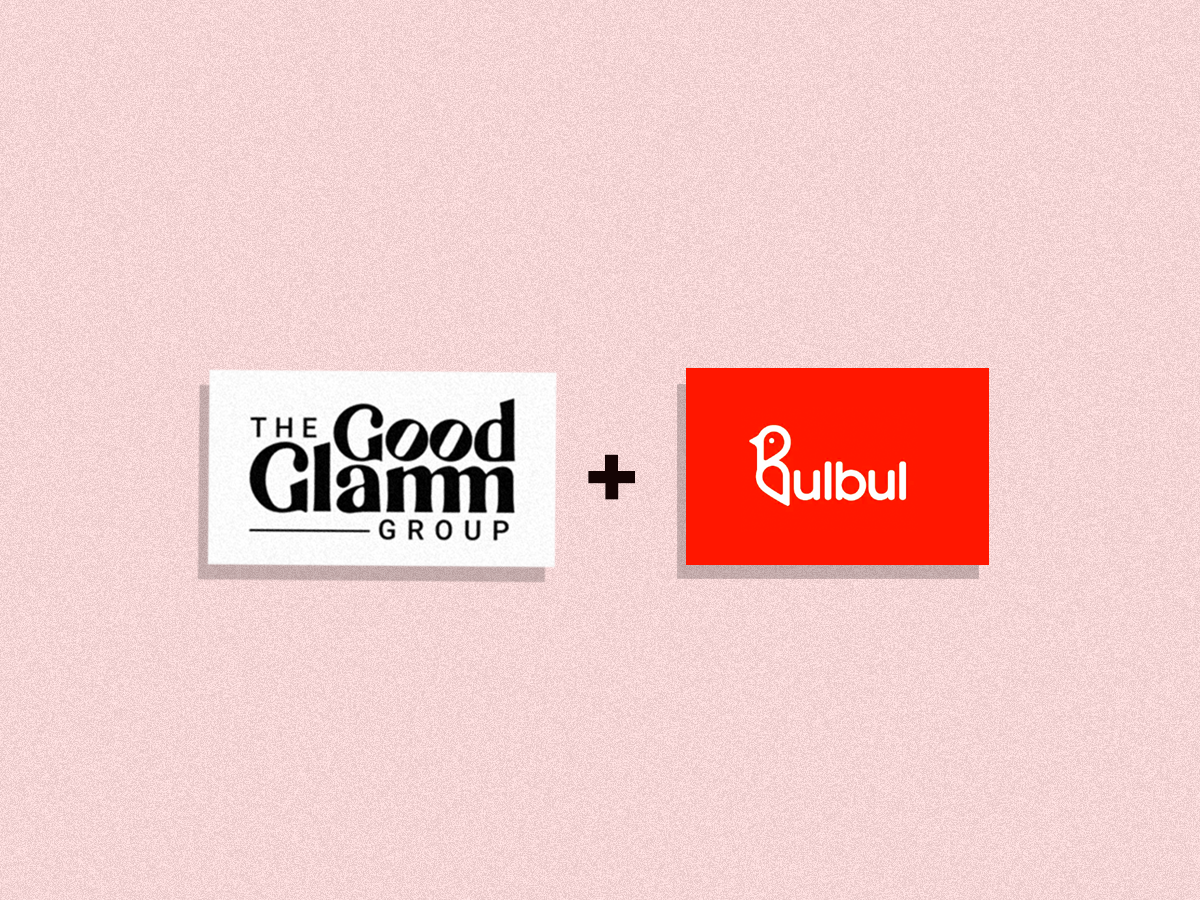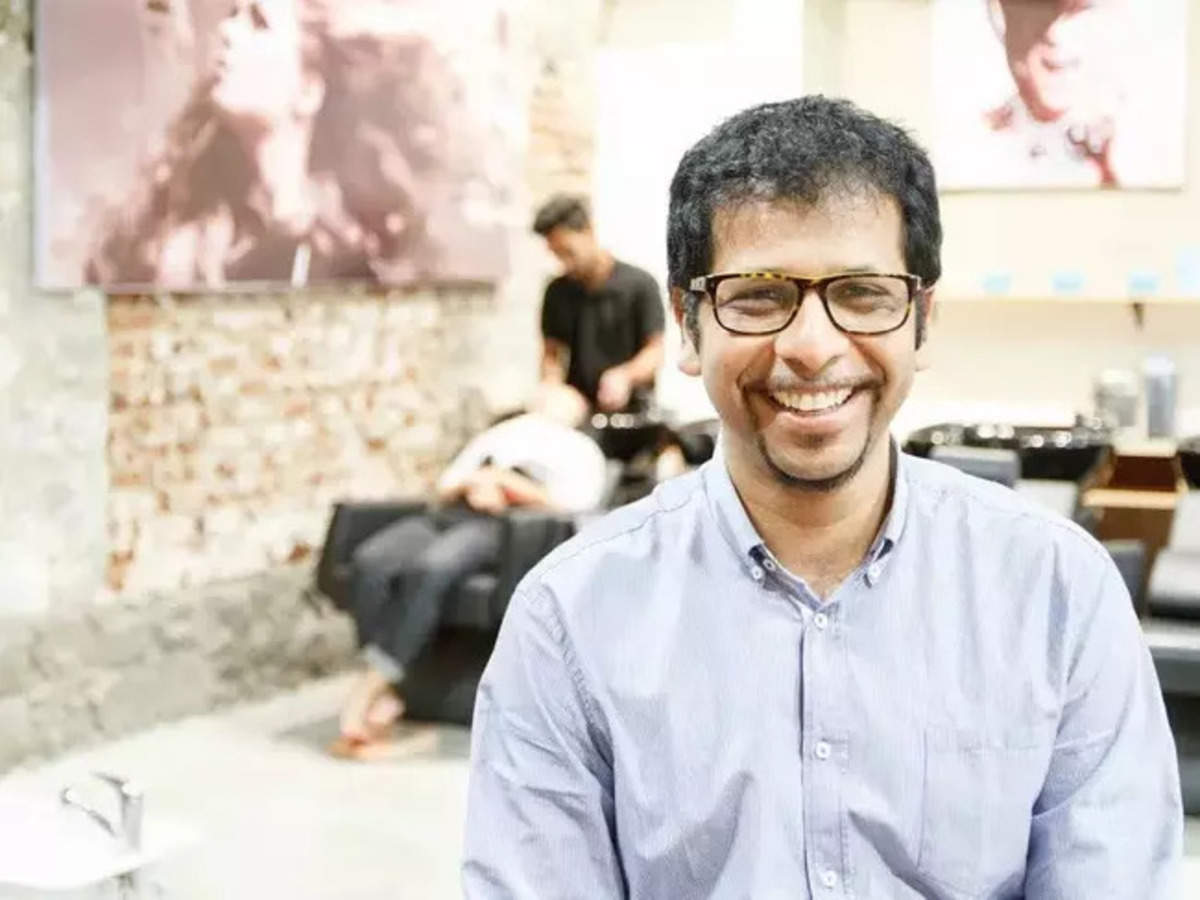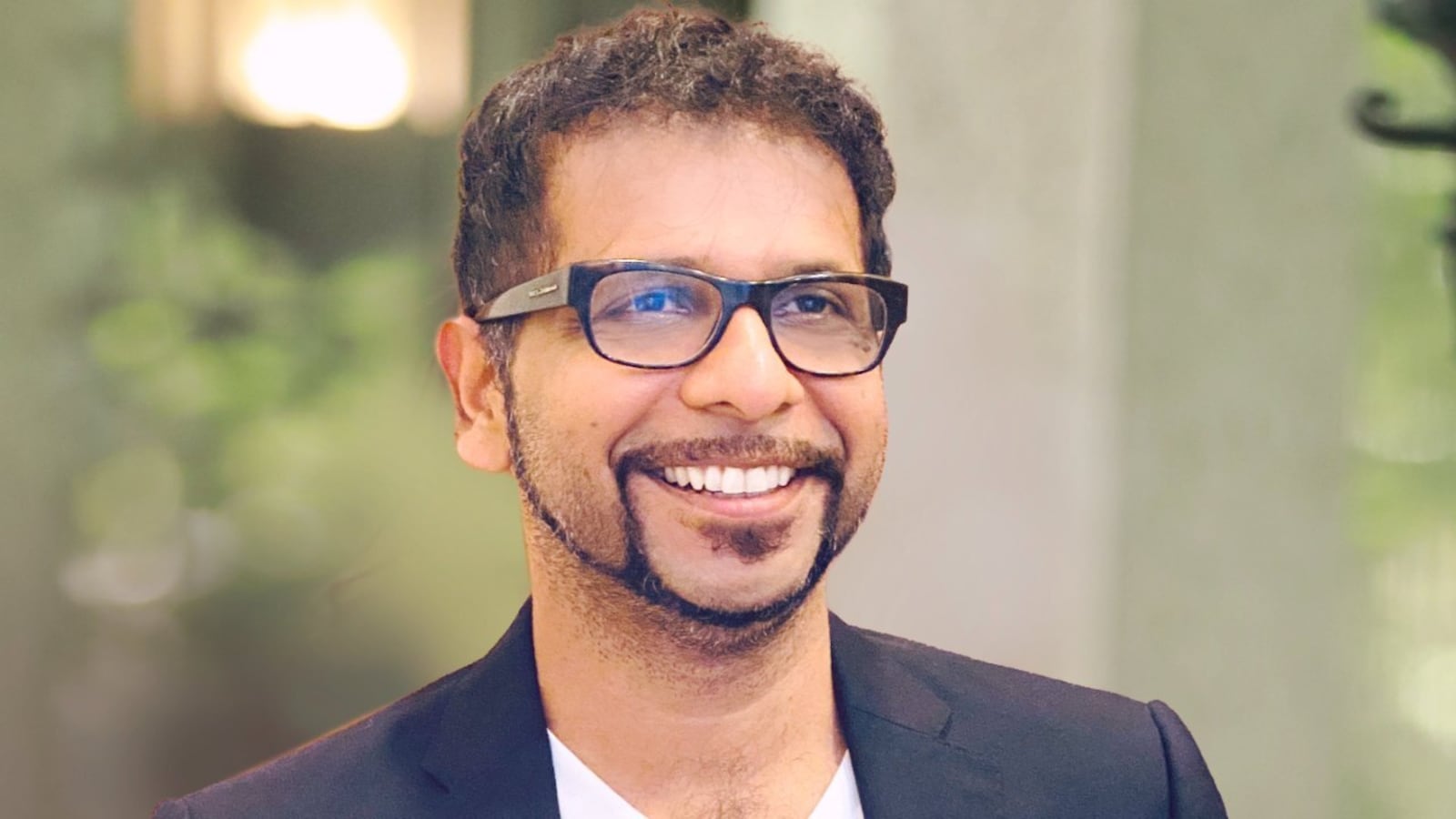Good Glamm Group Purchases Bulbul, A Video Commerce Platform.
GCC stated earlier in January that it had received Rs 200 crore in startup funding from the Good Glamm Group and will be operating with an autonomous mission. By December 2022, the division of content makers, which includes Plixxo, Winkl, Vidooly, Bulbul, and MissMalini, aims to generate Rs 250 crore in income.

The Good Glamm Group announced the entire acquisition of the video commerce platform Bulbul, at a time when e-commerce operators are starting to use video commerce features more and more.
The Good Glamm Group unveiled their creative ecosystem app, The Good Creator Co (GCC), whose CEO will be Sachin Bhatia, the inventor of Bulbul. According to the company, there are presently over 1.5 million influencers and artists in the GCC.
Three months ago, the business announced that it would buy the bulk of Twinkle Khanna’s Tweak India. According to a press release, the GCC app was developed by integrating the complementary tech stacks of Winkl, Plixxo, and Bulbul, driven by Vidooly’s data analytics, to create a single platform that matches the demands of modern content producers and influencers.
Moreover, it will develop into a data-first platform for businesses to execute programmatic influencer campaigns, providing transparency to spending and results.
I am thrilled to be taking on the post of CEO at The Good Creator Co. and contribute to the ever-expanding creative economy,” stated Sachin Bhatia, CEO of The Good Creator Co. We are thrilled to introduce the Good Creator Co. App with a mission to build a full-stack, global creative ecosystem that offers influencers and businesses cutting-edge technology and solutions.
Together with Bulbul’s acquisition, the platform will strengthen GCC’s creator strategy and will give brands deep access to Tier-2 and Tier-3 demographics, staying true to The Good Creator’s Co position as the largest creator ecosystem in India. It will also give brands a programmatic way to run influencer marketing campaigns similar to Google Ad Words.
The Good Glamm Group’s Group Founder and CEO, Darpan Sanghvi, stated:
“Good Creator Co. is essential to realizing our goal of being a content-to-commerce firm, and I’m thrilled Sachin has taken over as CEO to help us expand the company and integrate all of our creative assets. In addition to closely collaborating with all of our brands on their influencer marketing and commerce needs, Sachin and his team will also provide similar solutions and lessons learned to other brands and businesses.
GCC wants to make content creation and monetization accessible to 50 million producers. Since April 2022, GCC has facilitated 135,000 brand relationships for creators. Over 2000 businesses use the GCC app, and hundreds of influencer marketing campaigns takes use of the creator and influencer network.
We’re on a quest to sign up 1 million content producers to be active participants in the influencer economy:
According to Sachin Bhatia, a division of Good Glamm Group, over one million creators will soon be signed up by the influencer marketing platform Good Creator Co. to participate actively in the influencer economy across e-commerce, brand marketing, social media, and entertainment. According to him, The Good Creator Co. has the goal of dominating the influencer marketing and management business and serving as the platform that earns the most money for influencers in India.
Bhatia’s social commerce business Bulbul was purchased by Good Glamm Group earlier this year in January. The Good Glamm Group stated in July 2022 that it would restructure its company by forming three divisions: Good Brands Co., Good Media Co., and Good Creator Co. This came after a series of acquisitions, including platforms for influencer interaction, consumer products, and media. Sukhleen Aneja, Priyanka Gill, and Sachin Bhatia are the CEOs of Good Brands Co., Good Media Co., and Good Creator Co., respectively.
GCC stated earlier in January that it had received Rs 200 crore in startup funding from the Good Glamm Group and will be operating with an autonomous mission. By December 2022, the division of content makers, which includes Plixxo, Winkl, Vidooly, Bulbul, and MissMalini, aims to generate Rs 250 crore in income.
Influencer marketing platforms Plixxo and Winkl have 2, 50,000 influencers and reach more than 70 million people each month. For media corporations, brands, multi-channel networks, agencies, and content producers, Vidooly is an internet platform for video intelligence and analytics. The Winkl influencer marketing platform from GCC makes use of technology to automate processes including shortlisting influencers, creating content briefs, setting reminders, collecting money, and monitoring performance.
The creative economy has exploded in India as more and more businesses turn to influencer marketing to draw in new consumers. Influencer marketing is predicted to expand at a CAGR of 25% per year to reach a market size of Rs 2,200 crore by 2025, according to research by GroupM. Hence, the difficulty is in making the influencer marketing platforms, which link firms with pertinent influencers, stand out. In the competition to stand out, platforms must always provide something new.
According to Bhatia, Good Creator Co.’s software and technology are what set them apart, while the data serves as the foundation for both creators and businesses. No other influencer marketing platform, he continued, provides creators and companies with a tech- and product-enabled process that allows them to produce their best work. Moreover, we provide “always-on” marketing to creators from internal companies like MyGlamm, The Mothers Co, Sirona, Organic Harvest, and Saint Botanica because we have access to these businesses.
Although they are the true propellers of the influencer economy, according to Bhatia, the significance of micro and nano influencers is likewise increasing with time. They keep things moving along, aid in increasing brand recognition across demographics, and serve as a breeding ground for the major influencer stars of the future. Bhatia noted that the creative ecosystem will suffer without them. They are the most crucial customers, and everything the business does is to improve their creators’ experiences both within and outside the app.
Yet, other experts predict that as micro and nano influencers increase, the need for macro influencers will decline. Nevertheless, Bhatia has a different perspective, stating that “Each group of influencers has its role. Each sort of influencer is critical to the ecology, just as there are major and little performers, extras, playback and chorus singers, dancers, and background dancers. The macros are the ones that drive brand engagement and keep lesser influencers inspired to keep improving so they can one day be like them.
Therefore, creators will play a crucial role in all future purchasing decisions, whether it is through brand development or actual product sales. In the upcoming years, live commerce and curated branded collections by bigger creators will become popular, and creators will actively promote their lines.
As well, any influencer who is considering this as a profession must be aware of how this sector develops.
Bhatia explained this by saying, “Some start as little Insta influencers, do several reels, get well-known, then start creating longer form content, move on to YouTube, and start moving to sell E-com instead of simply brand endorsements. Similar to how Preity Zinta turned into an entrepreneur, Madhuri Dixit entered the world of streaming movies, and Shilpa Shetty progressed into making fitness videos.
Similarly, if one wants to become an influencer, they can work at it for decades, but they must constantly change to stay up with trends. For instance, YouTube creator Nisha Madhulika, who has over 11 million subscribers, is over 60 and still going strong. YouTube and Instagram are two separate platforms for influencers to generate content, which might make their path more difficult. Similarly, whereas Instagram is more focused on short-form content and emphasises attractive aesthetics, YouTube is more of a long-form-oriented video platform. YouTube, on the other hand, is more authentic and grounded.
Via an app, The Good Creator Co. provides access to marketing campaigns, revenue possibilities, affiliate and creator commerce programmes, celebrity talent management services, and more for content producers and influencers.
“Learning is given via the Good Creator Academy and other resources to assist small creators up-skill themselves,” Bhatia said while describing how GCC helps content producers earn, learn, and expand their community through the platform. Brand offers, our “Earnfluencer” initiatives, and affiliate shops all provide ways to make money. Via leaderboards, RnR for artists, opportunity to collaborate on major marketing campaigns, etc., and the app fosters community and cooperation.
The Good Creator Co. offers products and services like Campaign Planner, Creator Search, Creator Insights, and Campaign Manager for influencer and campaign management that assist creators in expanding their audience, increasing their visibility, and securing the right brand collaborations that will help them expand their portfolios and generate income.
The GCC Academy offers courses that provide creators access to master-classes and the chance to connect with, work with, and learn from other creators via chat groups and forums, all of which aid in the development of a special skill set. In the midst of all of this, a significant event will see the government introduce regulations for social media influencers.
The Department of Consumer Affairs‘ Central Consumer Protection Authority (CCPA), which oversees this subject, has finished consulting with all significant parties. According to Bhatia, the CCPA rules are just a step in a process rather than a means of prevention.
By providing information through their app and through the agreements they sign with artists, they actively interact with them to get them ready for this. He noted that the creator economy is significant on its own, which justifies the government passing the regulations.




